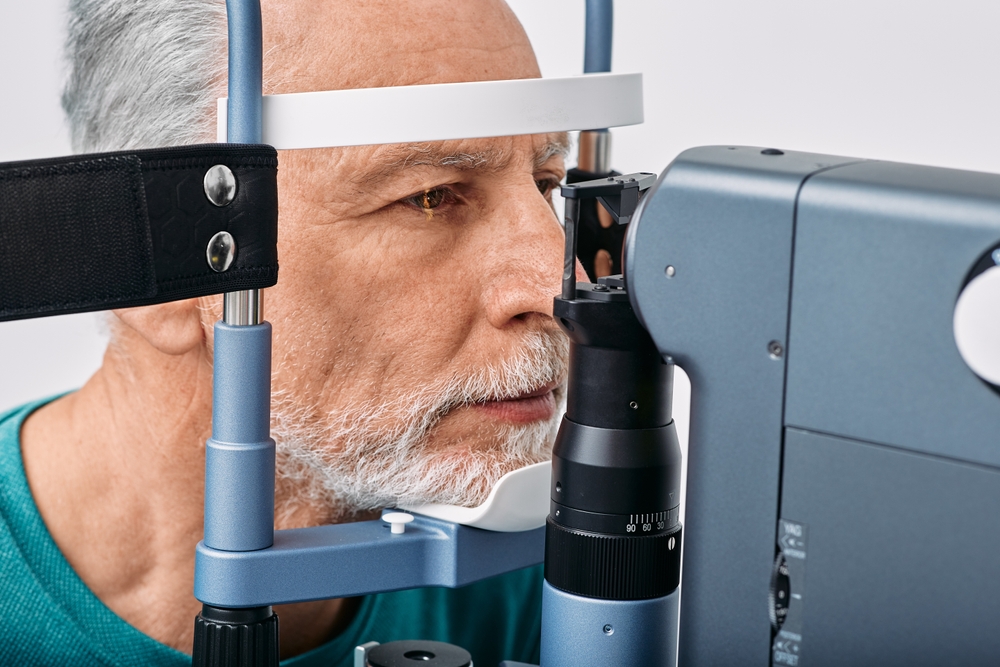
Over three million Americans, including 2.7 million individuals over 40, suffer from glaucoma. A concerning aspect of the condition is its tendency to exhibit no noticeable symptoms. This is why regular eye exams, including eye pressure measurements, are vital for detecting it early.
It is important to note that glaucoma can sometimes develop even with normal eye pressure. Timely diagnosis is crucial. It allows for preventive measures or the deceleration of vision loss. Glaucoma patients need ongoing treatment or monitoring throughout their lives.
Glaucoma, What Is It?
This is a series of eye disorders that negatively impact the health of the optic nerve. They develop when there is inadequate drainage of fluid inside the eye. It often presents no symptoms until an ophthalmologist detects it during a comprehensive eye exam.
Since it carries visual data from the ocular structures to the brain, the optic nerve is essential for sustaining normal vision. Optic nerve damage is often associated with elevated eye pressure, a common characteristic of the condition.
What Are the Warning Signs?
Halo Effect Around Lights
Bright rings around light sources that resemble headlights may indicate a serious eye problem like glaucoma or cataracts.
Loss of Vision in One Eye
You should get evaluated for the issue if you experience vision loss or a blind patch in your field of vision. Setting up an eye test right away is critical because glaucoma gradually impairs vision.
Acute and Sudden Eye Pain
A major sign of an acute glaucoma episode is severe eye pain. It frequently comes with nausea, either with or without vomiting, and red eyes.
Sensitivity to Light
Heightened sensitivity to light, particularly in younger individuals with elevated eye pressure, can indicate glaucoma. Although it may not immediately affect vision, it is a warning sign for the condition.
Testing for Glaucoma
Tonometry Test
The tonometry test involves using a slit lamp and a gentle puff of air directed at your eye. To ensure your comfort, the eye doctor may administer numbing eye drops. You will rest your chin and forehead on the slit lamp while the tonometer measures the pressure inside your eye. This test is typically painless.
Gonioscopy Test
During the gonioscopy test, the eye doctor will administer numbing and dilating eye drops. They will then use a unique contact lens to view the internal structures of your eye, particularly the drainage angle.
Dilated Eye Test
For the dilated eye test, the eye doctor will give eye drops to dilate your pupils. Using a lens and a light, they will examine your optic nerve. This test provides a detailed evaluation of your eye's health.
Treating Glaucoma
Eye Drops
Eye drops are used to reduce fluid production in the eye. They also enhance its drainage, lowering intraocular pressure. If the side effects of your eye drops become problematic, your doctor can consider changing the prescription.
Oral Medications
Sometimes, your doctor may prescribe oral medications like beta-blockers or carbonic anhydrase inhibitors. These medications reduce fluid production in the eye or improve its drainage.
Laser Surgery
Laser surgery can be an effective treatment option by improving fluid drainage from the eye. In angle-closure glaucoma, laser surgery can help alleviate fluid blockage. There are different types of laser procedures available. They include:
Trabeculoplasty (opening drainage pathways)
Iridotomy (creating an opening in the iris for fluid flow)
Cyclophotocoagulation (reducing fluid production in the middle layer of the eye)
For more on early warning signs, testing, and treatment of glaucoma, visit Insight Eyecare at our office in Las Vegas, Nevada. Call (702) 718-7163 to book an appointment today.








